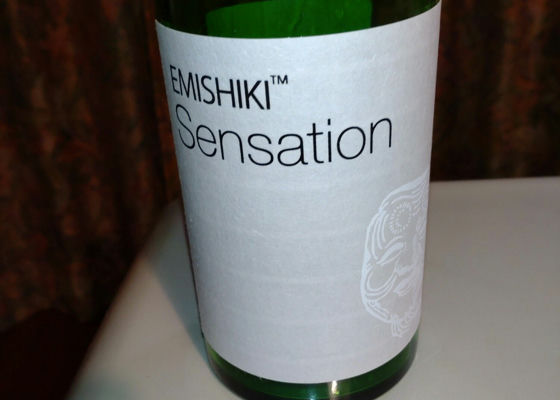Shosetsu純米吟醸 山田錦 別撰 PREMIUM

chichi
I bought this sake together with "Isojiman" when I visited Shizuoka Prefecture at the end of last year. It has a rich flavor that spreads out in the mouth. The taste is rich and full, yet the aftertaste is surprisingly refreshing, and I found myself pouring more and more sake. I tried it with thinly sliced sea bream (😆🍶) and it was quite good. I had it with thinly sliced sea bream and it was quite good 😄.
Japanese>English



















